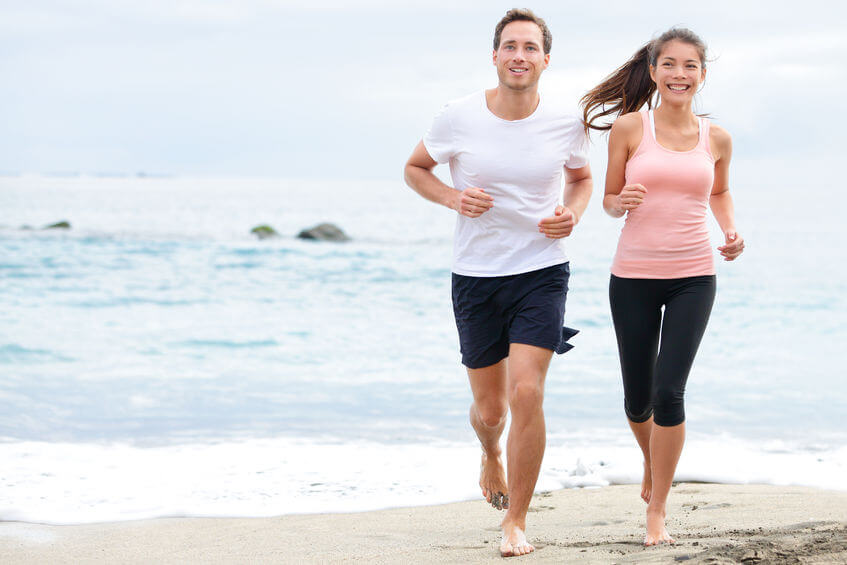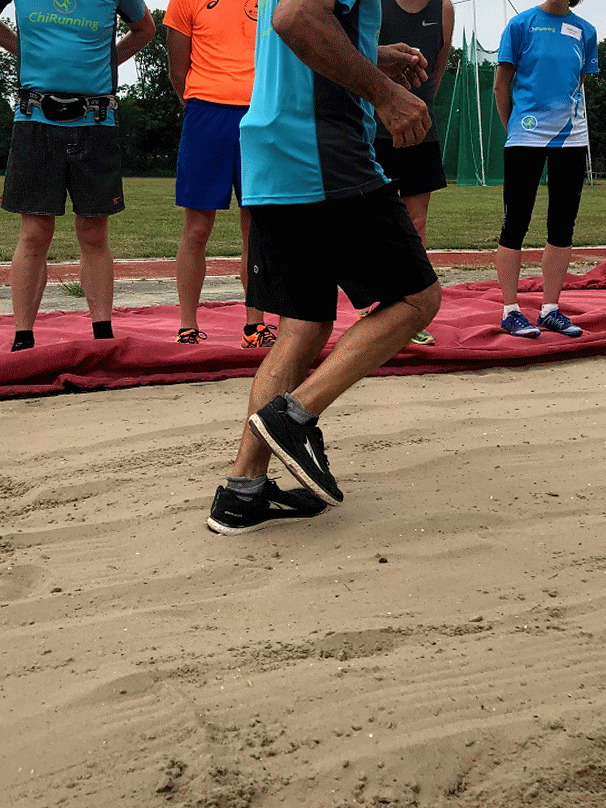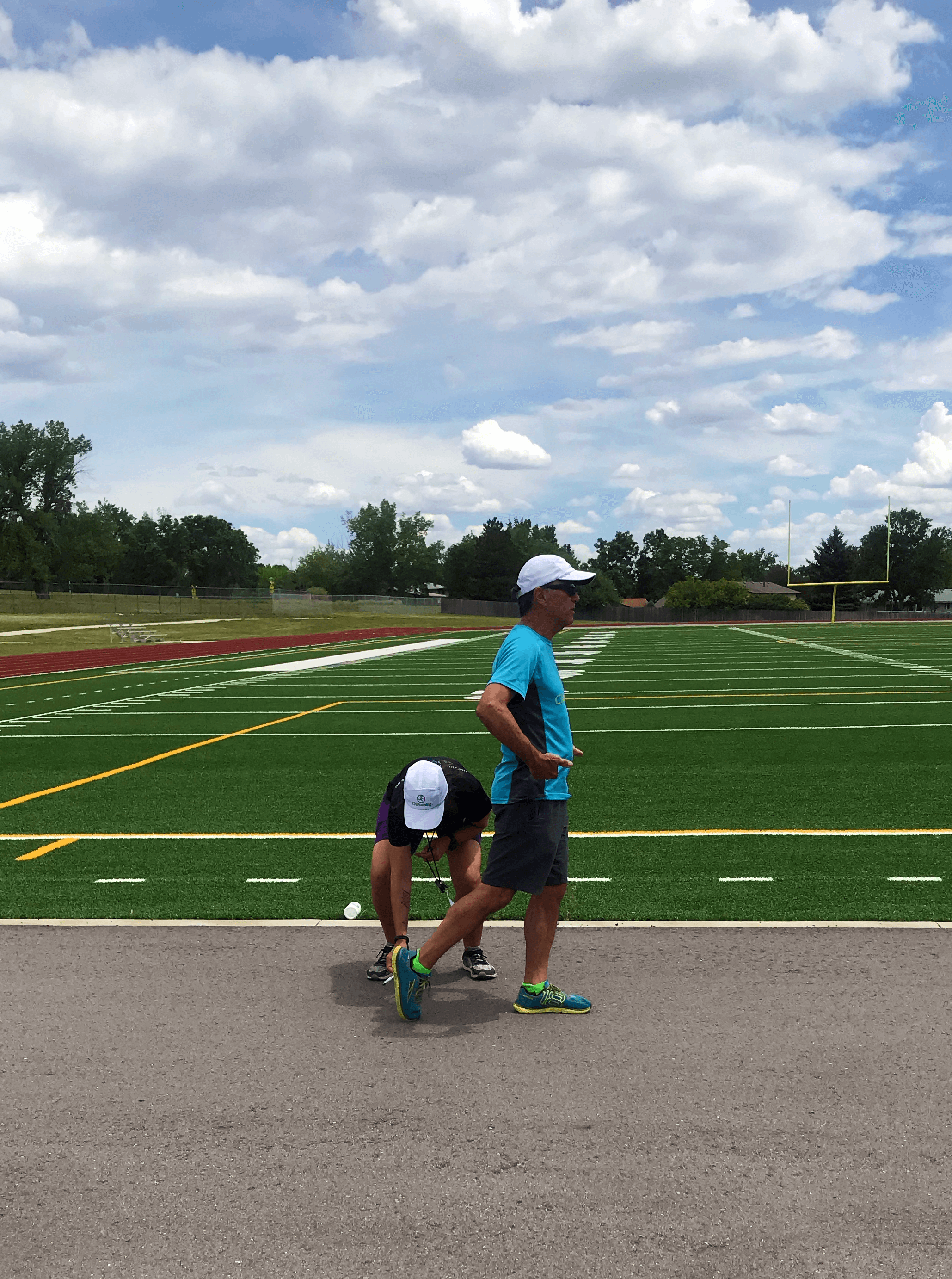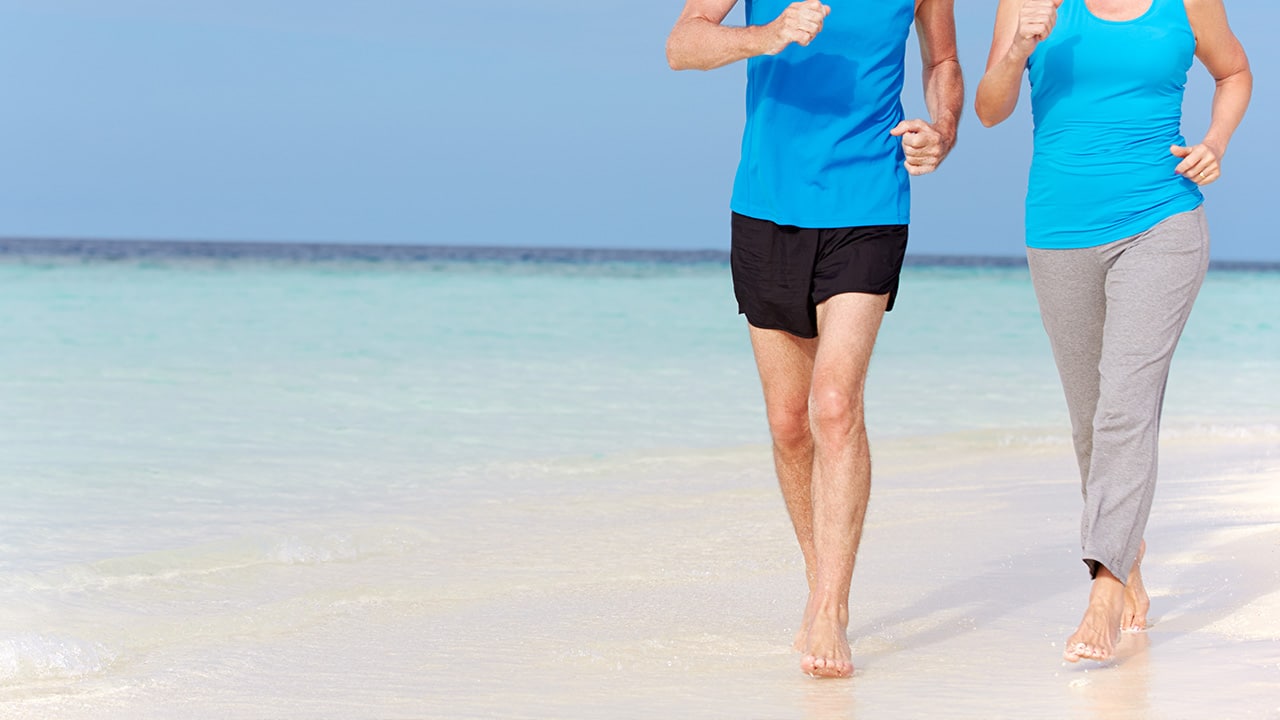Why has barefoot running become an important topic in the running community?

Barefoot running is obviously not a new idea… I’m sure cavemen and women did it. But, growing popularity of barefoot and minimalist running has rocked the running world in recent years, partially because of the success of the Kenyans and other African runners who have shown that growing up running barefoot has helped them establish world-class results in every distance from the 10K to the marathon. Barefoot running has led to the burgeoning minimalist shoe industry and has caused many of the “old guard” shoe companies to rethink shoe design from the ground up. And, as barefoot/minimal running gains more traction, there are also reports of injuries from barefoot running that need to be kept in mind.
Barefoot running and natural running
Running with no shoes, or in a minimalist shoe, allows your feet to move and flex in a more natural way than when they’re strapped into a sometimes confined space that can be stiff, constricted, too heavy or too thick, which is how too many running shoes are designed. When your feet can move freely as you run, it allows your entire body to settle into a more natural and easier way to move. In many ChiRunning classes, I’ve asked the students to take off their shoes and briefly run up and down the track. What I immediately see is a very different group of runners than I was witnessing only moments before. Their knees are more bent. They’re not over-striding and heel striking. They’re lighter on their feet. Their stride shortens and their cadence is quicker. This is the way humans were designed to run. And, what I have known for about 25 years, is that some of the time it’s the shoes that are making it more difficult for people to feel the ease they could have with their running.
What are the benefits of barefoot running?
ChiRunning is about teaching you how to run barefoot-like, as if you had run barefoot or in minimal shoes your whole life. The barefoot running concept came about, in part, when we began to observe that lifelong barefoot runners are generally more efficient and have excellent running technique. The Tarahumara runners of Mexico, who run multi-day races in huarache sandals, were mentioned in Chris McDougall’s Born to Run. These runners, like the Kenyans spend most of their lives running barefoot, or in minimalist shoes, and both cultures have the stride mechanics that runners envy. 
Running barefoot, or in minimal shoes, means you have no cushioning on the soles of your feet. This forces you to use a shorter stride and a higher cadence to accommodate for the lack of protection on your feet. A shorter stride length keeps you from overstriding or heel striking. The lack of cushioning encourages plantar flexion and a forefoot/midfoot strike which also reduces impact.
Is running barefoot, or in minimal shoes, better for you?
Depending on how you run, it might be better and it might not. The way I’ve always approached the running shoe dilemma is to try to convince runners that if you can learn to run barefoot-like, you’ll be better off than most runners regardless of the shoes you wear.
The problem with barefoot running today is that adults, who have never run barefoot, have been led to believe that if they too run barefoot, they will gain the benefits other barefoot runners enjoy. Unfortunately, it doesn’t quite work that way. Many barefoot runners are getting injured because their running technique does not improve and change as quickly as they had hoped, or were led to believe. Years of sitting at desks and wearing inappropriate shoes can leave us with ingrained body habits that take time to change. Patience in this situation is not only a good idea, it’s the law. Your body needs time to change and adapt to a new way of moving and it’s not a process you can rush.
Barefoot running does not automatically change all those years of habits. And, unfortunately for some, not necessarily quickly enough to stave off injury. The concept of barefoot running has shown us that there is a basic, running technique natural to the human form. ChiRunning is about taking you back to that natural running technique through a series of exercises and technique focuses that you can mindfully practice. That’s why we call it “barefoot-like” running, and it’s been proven to reduce impact and improve your running economy.
Here’s a very perceptive quote from Dan Liebermann, a professor in the Department of Evolutionary Biology at Harvard, who has studied, and written extensively about barefoot running.
“How one runs probably is more important than what is on one’s feet, but what is on one’s feet may affect how one runs.”

Both parts of Liebermann’s statement are true. I’m a big believer that if you can run (or walk) with an efficient, low-impact style, it doesn’t matter as much what’s on your feet. So, as I sit down to write this article, I find myself not so much writing about barefoot running per se, as about the case for practicing good running habits.
Here are some of the important points about barefoot running I’ve gleaned from reading many studies* comparing running barefoot, or minimal shoes, to running in conventional shoes. I’ve also added in what I’ve learned from coaching countless runners of all abilities and body types.

Benefits of running barefoot or in minimalist shoes
- Strengthens the intrinsic muscles in your ankles and lower legs (this is good if you have structural or muscular weakness in your lower legs, not as good if you have normal or over-developed lower legs)
- Improves the range of motion (ROM) of your ankles and Achilles tendons
- Can possibly help you transition from a heel strike to a midfoot/forefoot strike (but not guaranteed)
- Helps increase knee flexion during the landing and support phases of your stride (lower impact)
- Helps shorten your stride and increase your cadence (which reduces over-striding, a main cause of increased load rates and impact)
- Allows you to sneak up on someone quickly!
Things to be aware of running barefoot or in minimalist shoes
- As much as possible, relax your lower legs so that if you plantar flex upon landing, you don’t stiffen your ankles and actually create more impact. This will help prevent metatarsal stress fractures and plantar fasciitis which can happen with runners not used to running barefoot or in minimalist shoes.
- Running barefoot, or in minimal shoes feels awesome, but can lead to injury if you don’t take the time to transition slowly and allow your feet and legs to adapt.
- When downhill running you should maintain a shorter stride length and a higher cadence to reduce impact.
The advantages of learning ChiRunning (barefoot-like running)
- You can run safely in most running shoes especially shoes that are light-weight, flexible, lightly cushioned, comfortable, foot-shaped and with less than 7mm drop.
- Your running economy becomes less dependent on the shoes you wear (heavier running shoes are the exception).
- You’ll have a healthy running technique that will serve you well for the rest of your life.
- You become more mindful in your running practice which leads to constant improvement.
- You can choose to run barefoot or in minimalist (or zero-drop) shoes without fear of injury.
- As you run, you strengthen only the muscles that need to be strengthened which allows you to accomplish more… while relaxing more.
- Your shoes last longer so you don’t spend as much of your hard-earned money on shoes.
Simply said, if you run with less impact and less muscle stress, you’ll have fewer injuries. Which is what we mainly focus on in ChiRunning workshops and in all our training materials.
The case for wearing more minimal shoes
My description of the best shoe for you is:
“The least amount of shoe you can safely run in, given the way you currently run and the longest distance you currently run.”
This means that if you have a good, efficient, low-impact running style, you can get away with wearing less of a shoe for a longer distance. On the other hand, if your running style is heavy, high-impact, and/or high-effort, you might need a more supportive or cushioned shoe, and have to run less mileage until your technique improves.
Over-built running shoes have too much drop from heel to toe. Some shoe companies are now designing shoes with less of a drop, or no drop at all called zero-drop shoes. Zero-drop shoes can range from minimal sole thickness (4mm), up to over 30mm thick. In this case, more is not better. Remember they still have to allow your feet to flex. Having too thick of a sole on a shoe can leave you less sensitive to how you’re connecting to the ground.

In a minimalist shoe, a lightly cushioned zero-drop shoe, or barefoot, it’s easy to tell when you’re landing wrong or pushing off too much. That’s because with less shoe you can actually feel what your feet and legs are doing. ChiRunning and ChiWalking classes focus a lot on Body Sensing, which increases your ability to sense what’s going on in your feet as well as the movement patterns in your body.
As your technique improves, your taste in running shoes will naturally change to less of a shoe, which means more flexibility and overall freedom for your feet.
Running well can mean the end of most repetitive motion injuries caused by poor mechanics. Whether or not you decide to try barefoot/minimalist running, we always suggest you proceed with caution and allow your body to transition over an extended period of time.
This is why I always urge runners to improve their running technique instead of trusting their shoes to make the difference. We never like to see people gambling with their running, whether they’re beginners or elites.
Run better, worry less.
Ready to make the switch to a minimalist-style running shoe? Check out Danny’s favorites: Xero Shoes!
We are a Xero Shoes affiliate and may receive compensation for referring the Xero Shoes brand.
*References:
- The Effect of Footwear on Running Performance and Running Economy in Distance Runners Article in Sports Medicine, November 2014 – Fuller, et al.
- The Biomechanical Differences Between Barefoot and Shod Distance Running: A Systematic Review and Preliminary Meta-Analysis Article in PubMed, August 2013 – Hall, et al.

